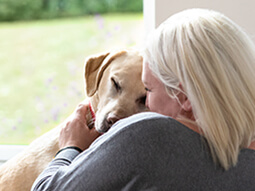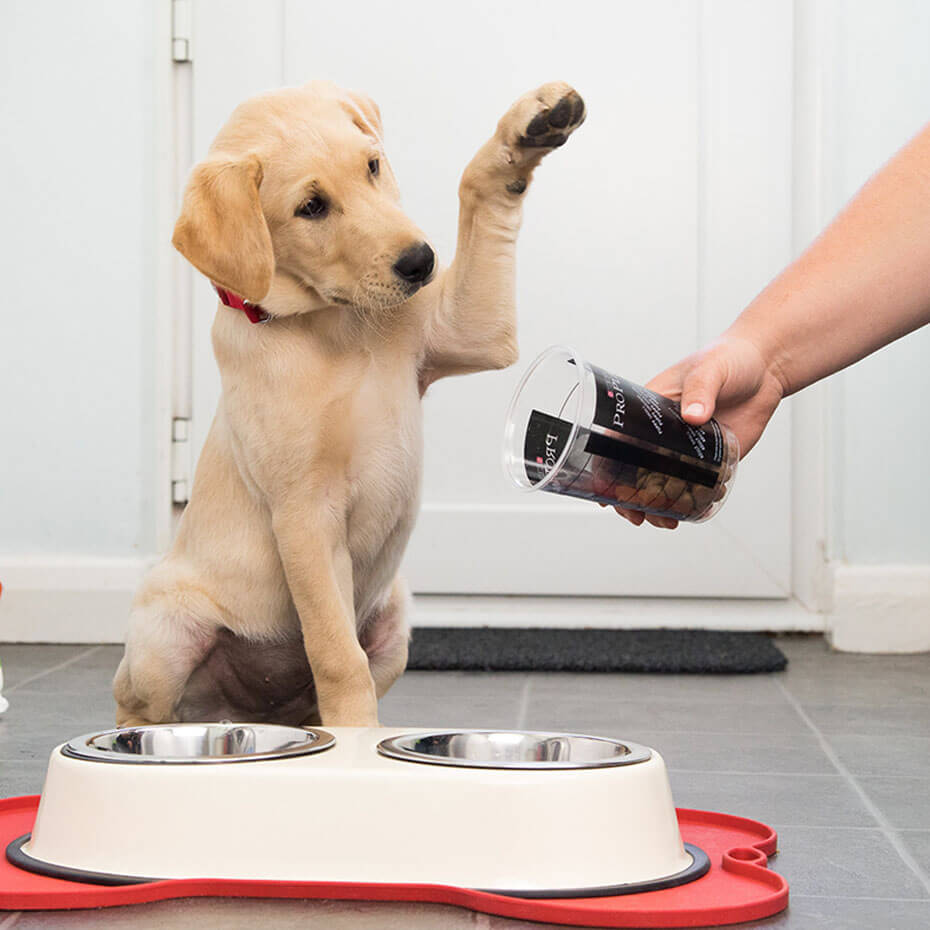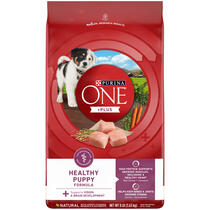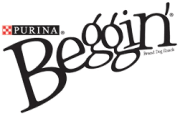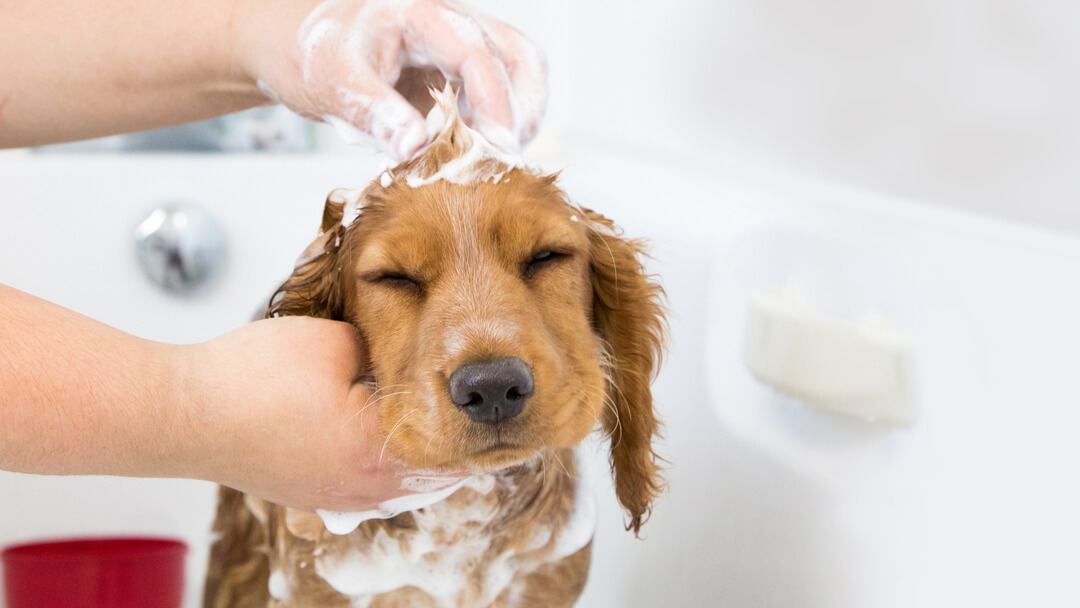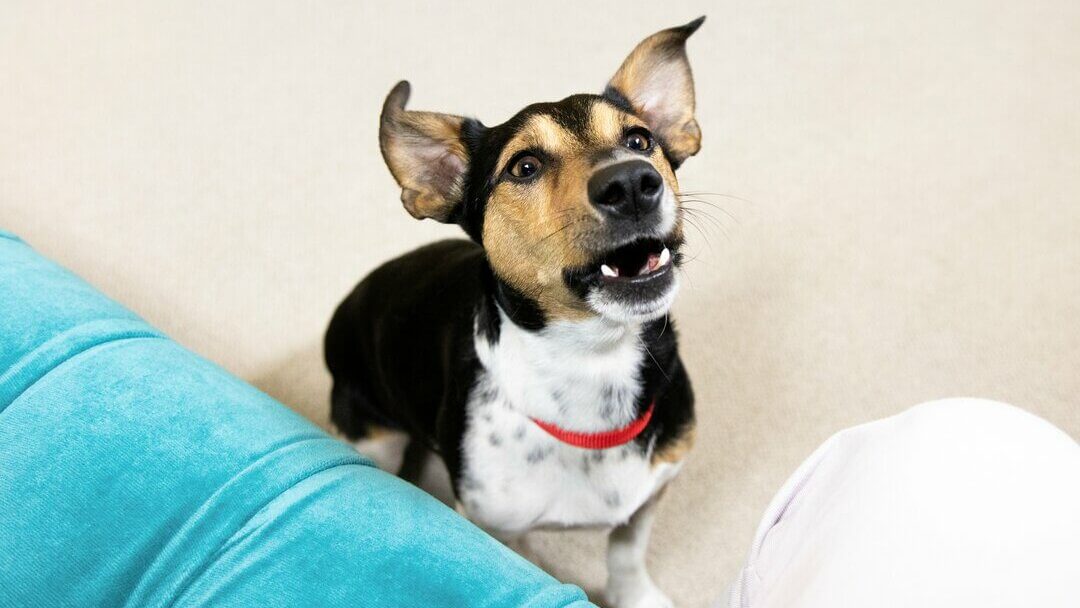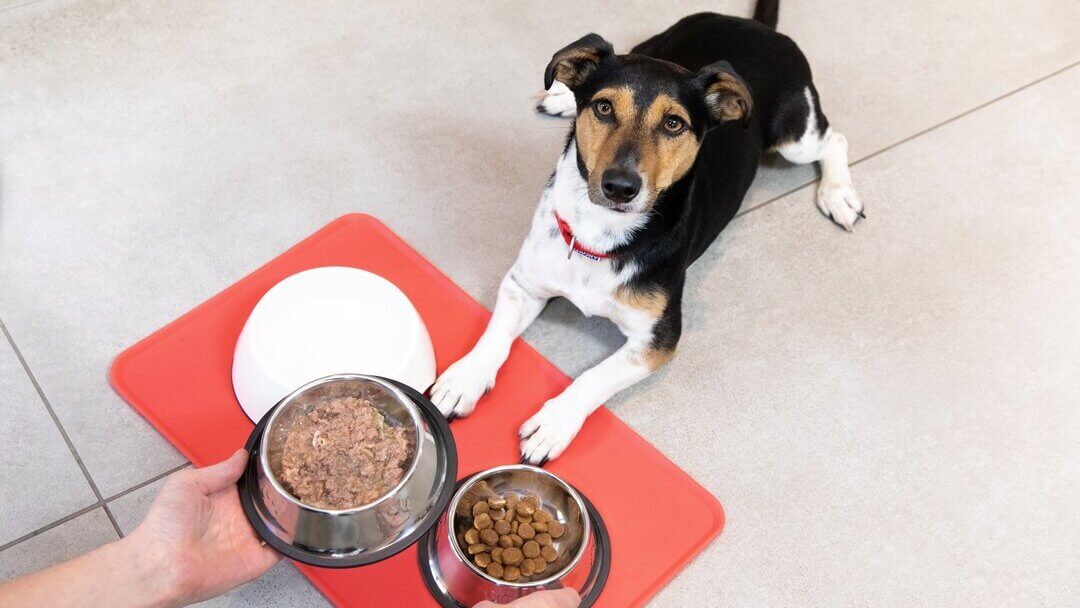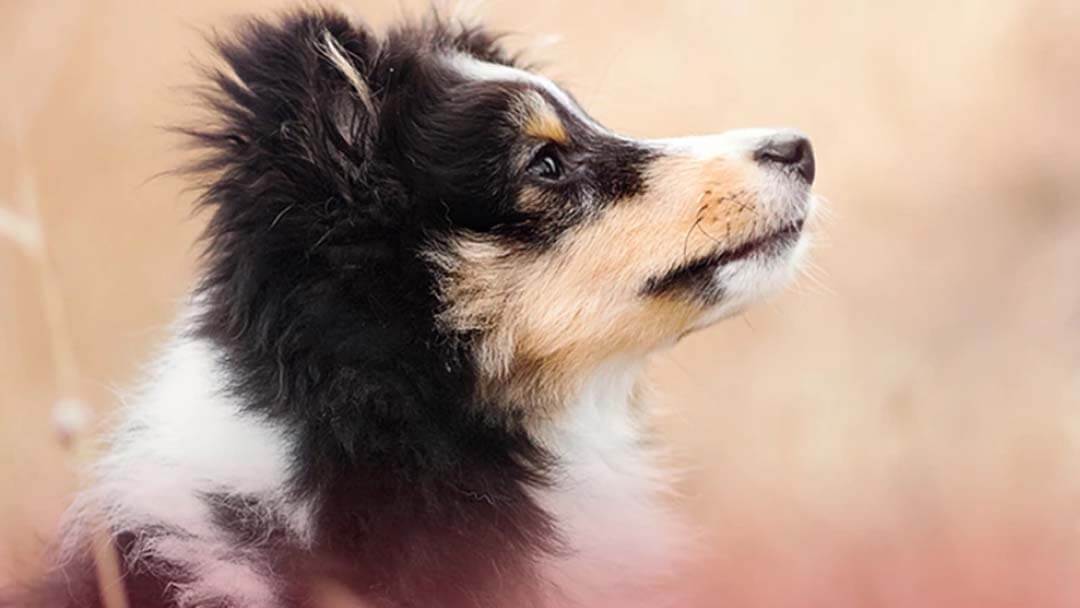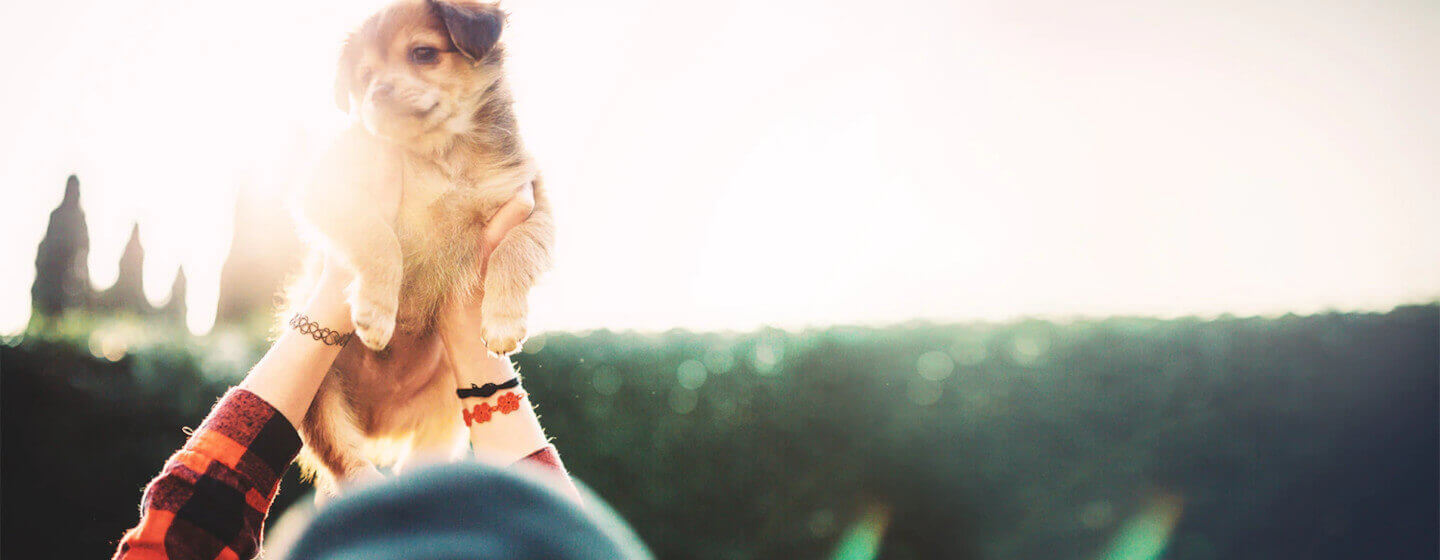

Your Guide to Puppies
The arrival of a new puppy is a wonderful time, but we know it can be an anxious one too. Keeping them safe and happy takes planning and patience for everyone in the household, but the effort will pay off, as your new pet grows into a confident, affectionate new family member who knows there’s no place like home.
Remember, the more love and care you give your puppy, the happier and healthier they’ll be! Please follow our guides below on learning, care, feeding, training and health.
Taking Puppy Home
The first week with a new puppy is exciting, but it can also be challenging at times. Follow these tips to ensure that the first week with your puppy is as fun and productive as possible.
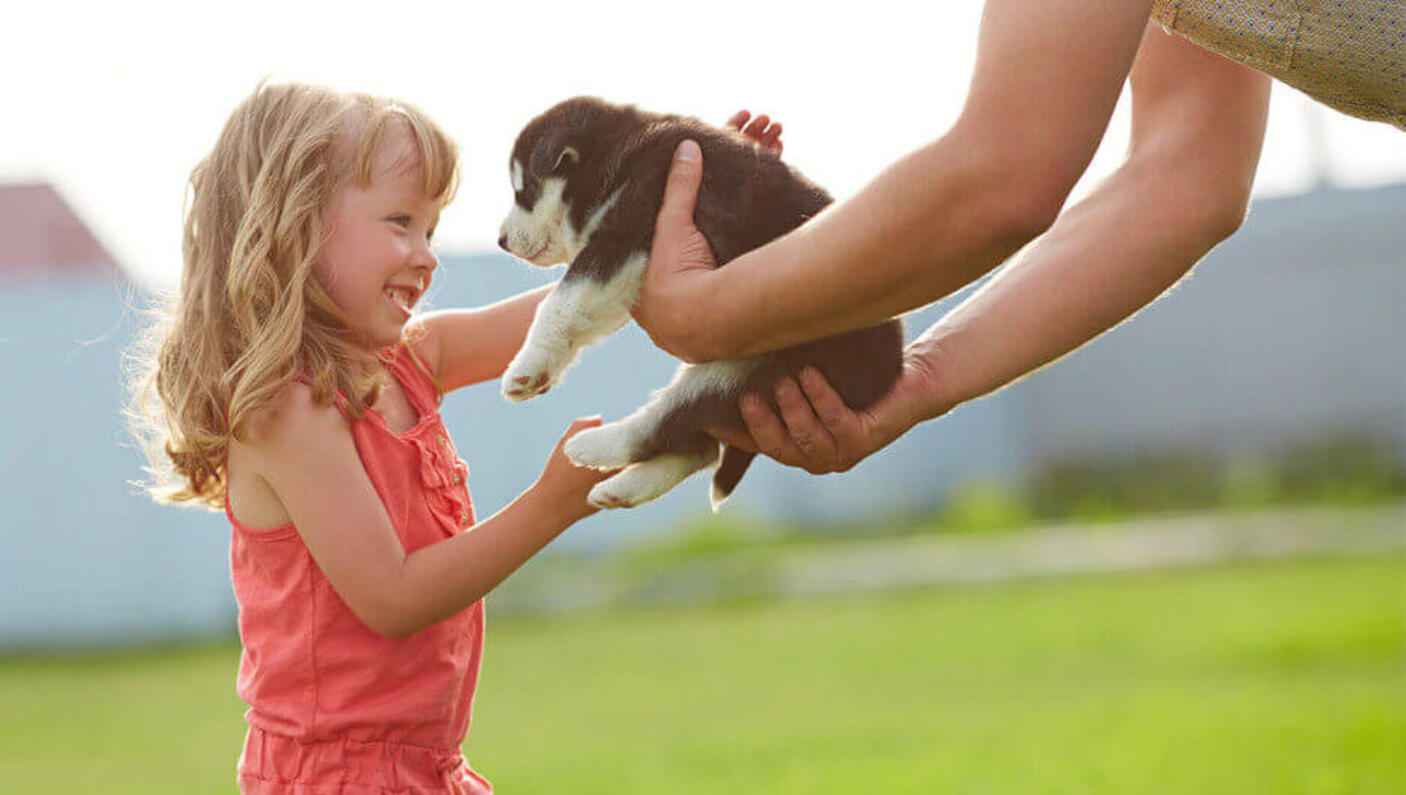
Week One Workout
When you bring home a new puppy, there inevitably needs to be some time for adjustment. But in this first week you can lay the foundation for a long and happy life together and make the transition as easy as possible for everyone involved.
With any luck you’ll have planned ahead, so you’ll have all the supplies, food and toys you’ll need for your new arrival.
In addition, your house should be completely puppy-proof. So now all you have to think about in your puppy’s first week are the following handy hints to make the experience as stress-free as possible for up both.
Make Time for Your Puppy
The best time to bring your new puppy home is at the beginning of a weekend. If possible, take a few days holiday as well to really give you time to acquaint your puppy with its new home and begin puppy training.
Name Your Puppy
Agree on a name ahead of time and make sure everyone uses it all the time when talking to your puppy. This will help him recognise his name and avoid confusion.
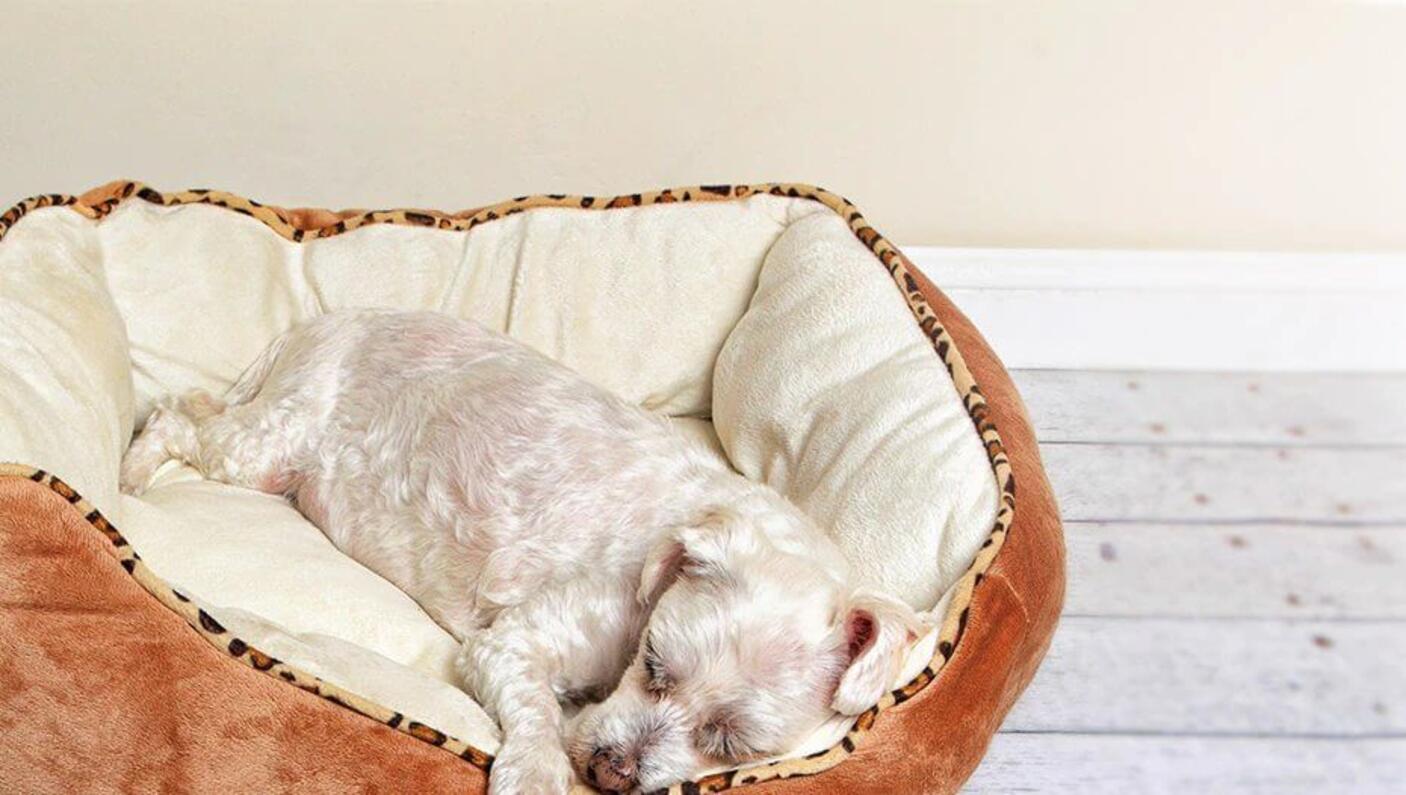
Take Your Puppy to the Vet
Take your new puppy to your vet as soon as you can. Take with you any immunisation or other health information you may have received when you got your dog.
Make Sure Others Understand Your Dog’s Needs
Once in his new home, your puppy will take time to adjust to strange new surroundings and people. Children can become especially excited, so explain to them that their new friend needs time out for naps, and show them how to care for your puppy and play nicely.
Puppy Feeding Tips
It is a good idea to bring home the pet food that your new puppy had been eating to make the transition to a new home as easy as possible. If you do plan to switch foods, you can minimise digestive upsets by having enough of the old food available to make the change a gradual one. Slowly replace your pup's old food with their new food over a period of 7 - 10 days. Always put the food in the same spot to establish a routine. If your puppy doesn’t seem to be eating, try moistening the food with water to make it easier to eat. There is plenty more information on feeding puppies in case you have difficulties.
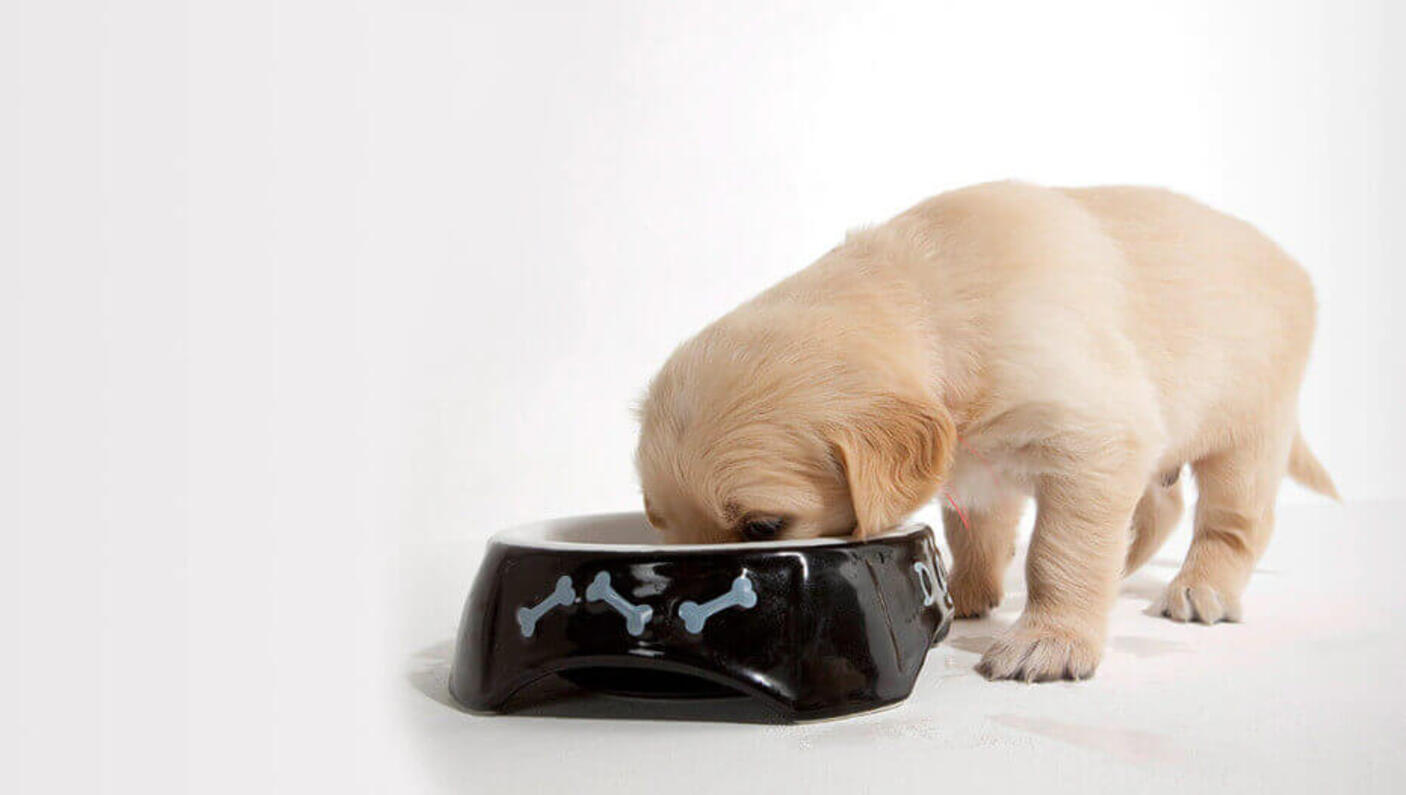
Be Fair
Never hit your puppy, and never scold for something he did a while ago. Your puppy will have no idea what the problem is and will think you are angry for no reason. Instead, encouraging the behaviour you do want and discouraging the ones you don’t want is a far more productive approach.
Get Out With Your Puppy
Begin socialising your puppy as soon as your vet gives the OK. Take him out and gradually introduce him to new people and other puppies in controlled, safe settings. It is one of the most important things you can do for him. It teaches him to be a good citizen and gives him confidence and social skills.
Make Introductions to Existing Pets
If you are bringing home a second puppy or already have other pets, be sure to introduce your new pet to resident pets in controlled situations. If the resident pet is a puppy, let them get to know each other on neutral ground where neither will feel the need to defend territory. Give each pet its own food dish and give all pets attention to avoid competition.
Dos and Don’ts
Don’t bring home a new pet during busy times such as birthdays and holidays. The noise and confusion may frighten the pet and family members are generally too busy with the festivities to devote adequate time to help the puppy become comfortable in his new home.
Do make sure your entire family knows how to act, and agree on commands and rules. Complete cooperation from all family members is needed, as when a pet receives mixed signals, it can become confused and not know what to do. Above all, do have fun – puppies of all ages love a good time! And when a puppy is having fun, it’s a fair bet his owner is too.
Washing your puppy
How you wash your dog will largely be determined by his breed. But sooner or later, you’re going to have to do it; we’ll explain how:
Wet, wet, wet!
There are two major points to consider when bathing your dog; how often to do it, and how to go about it.
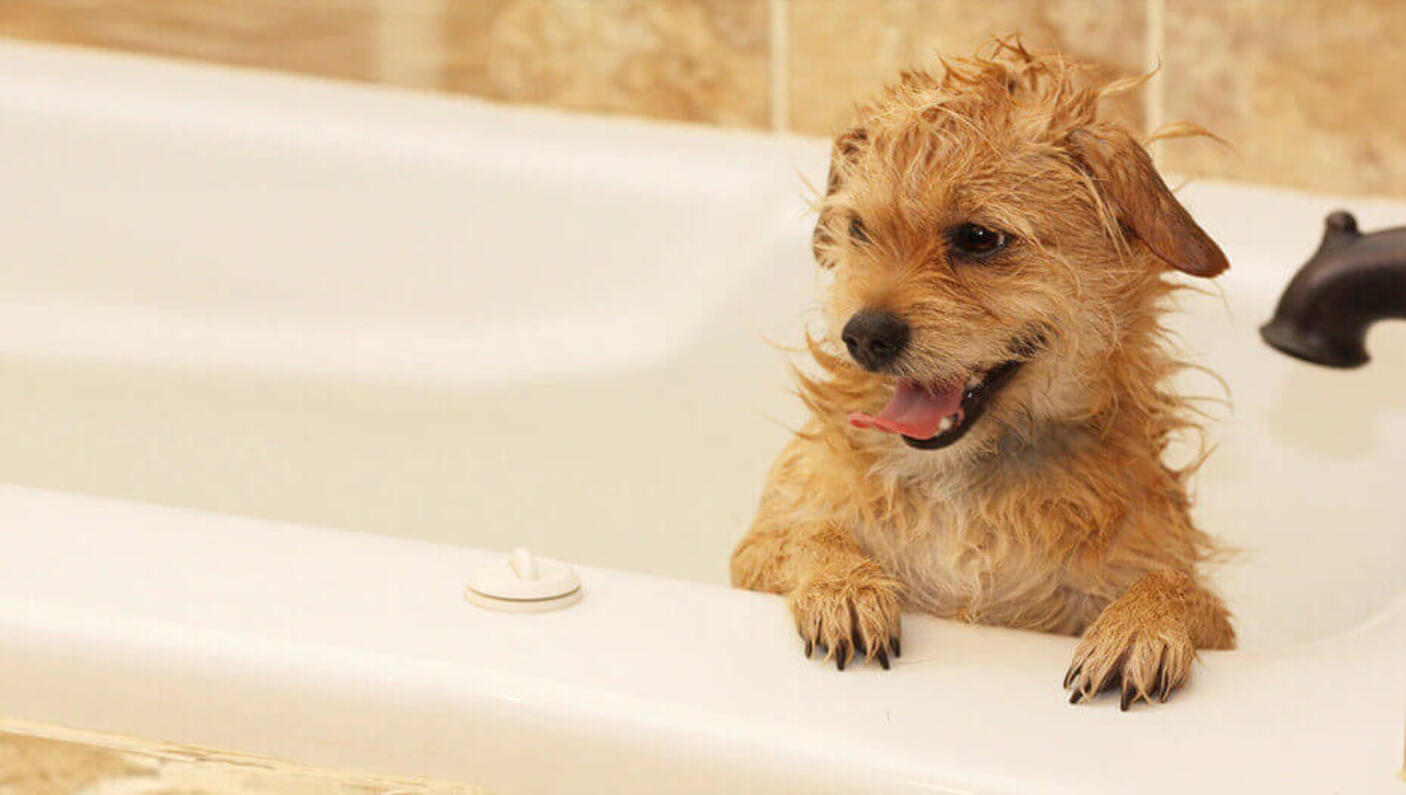
How Often
‘Not too often,’ is the short answer. A dog’s coat needs its natural oils to remain soft and silky and to keep from getting brittle or damaged. If you bathe your dog too often (every week, for example), you will strip away those oils.
A good rule of thumb is to only bathe your dog when he is noticeably dirty or smelly. However, the time between baths will vary from dog to dog (a long-haired dog will get tangled and matted hair if he goes too long between baths), and may also change from one time of year to another.
How to Wash Your Dog – a Few Tips
Tip #1. Start young and make it fun. This will help your dog get used to the process.
Tip #2. Select a location for the wash to take place based on breed size and time of year. A sink or a washtub works fine for puppies and small dogs, whereas big dogs need the bathtub. If it’s warm outside, use a hose.
Tip #3. Put a rubber mat in the bottom of your tub. Your dog will feel more secure if he isn’t slipping all over the place.
Tip #4. Before starting, gather all the things you need – shampoo, towels, possibly a bucket… Don’t turn your back on a wet dog unless you want to be involved in a chase!
Tip #5. Make sure the water is lukewarm and only use shampoo that has been formulated specifically for dogs – and if possible, make it a tearless shampoo.
Tip #6. Avoid getting water or soap in your dog’s eyes and ears. Use a damp cloth to wash your puppy's face.
Tip #7. Rinse well. The flaky, itchy discomfort many dogs experience after a bath comes from inadequate shampoo removal (or sometimes by too-frequent bathing).
Tip #8. In the winter, keep your dog inside until dry. A blow dryer, set on warm or cool – never hot – to avoid burning, can speed things along.
Tip #9. Dogs love a good shake to remove excess water. A shake starts at the dog’s head, so if you hold his head still, shaking will be limited. Tossing a towel over your dog immediately after the bath is done can prevent too much water on the walls. If you want to avoid getting an unwanted shower entirely, teach your dog to shake on command. This takes a little patience and training, but it’s possible.
Tip #10. Once you’ve finished washing your dog, tell them to sit/stay. If he starts to shake, quickly guide him back into his sit. Resume sit/stay and get out of the way. Tell him to shake and praise, praise, praise.
Did you know?
Bathing is a good opportunity to check your dog’s skin. Feel all over for lumps or rough areas. Contact your vet if you find any. Keeping your puppy well groomed is an essential part of living together happily.
